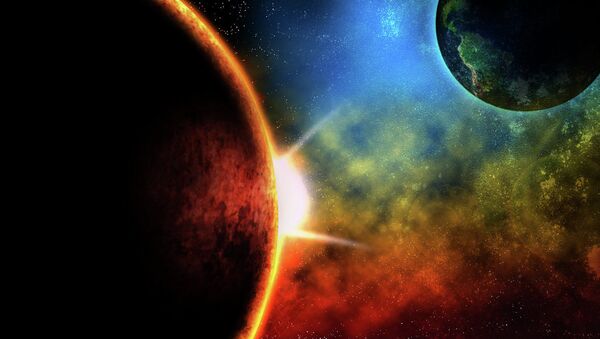Mapping agency Ordnance Survey (OS) used free-source data generated from NASA to piece together a map covering about seven percent of the red planet — craters and all.
The map was made as a one-off by the agency following a request from British scientist Peter Grindrod, who is working on the European Space Agency's mission aimed at sending a rover to Mars in 2019.
The challenges of #mapping #Mars https://t.co/vXyGwjQsh7 pic.twitter.com/4hsObHKZpe
— Ordnance Survey (@OrdnanceSurvey) February 15, 2016
While OS aren't the first to try and map out pieces of Mars, designer Chris Wesson said the aim was to differentiate the map from previous designs and make it as real and Earth-like as possible.
"I love planetary maps and find them visually very appealing… but they do often seem to be, as is their inherent nature, very scientific and unnatural in their presentation," he said in a OS blog post.
"We have set out from the start to treat the Mars data no different to how we would… any other Earth-based geographic information or landscape."
So while it might be a while before humans need maps of Mars en masse, it seems that stargazers and planet enthusiasts alike might be able to get a better idea of what life on the red planet might be like.


